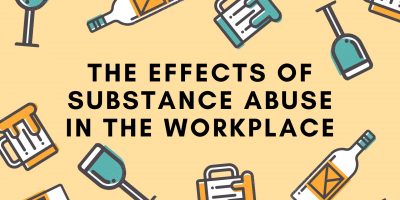
How to Combat Workplace Loneliness?
Loneliness can be a serious problem affecting not only employees’ mental health but also the bottom line for businesses. What are the tell-tale signs of workplace loneliness, and what can employers and organizations do to reduce or mitigate it?





